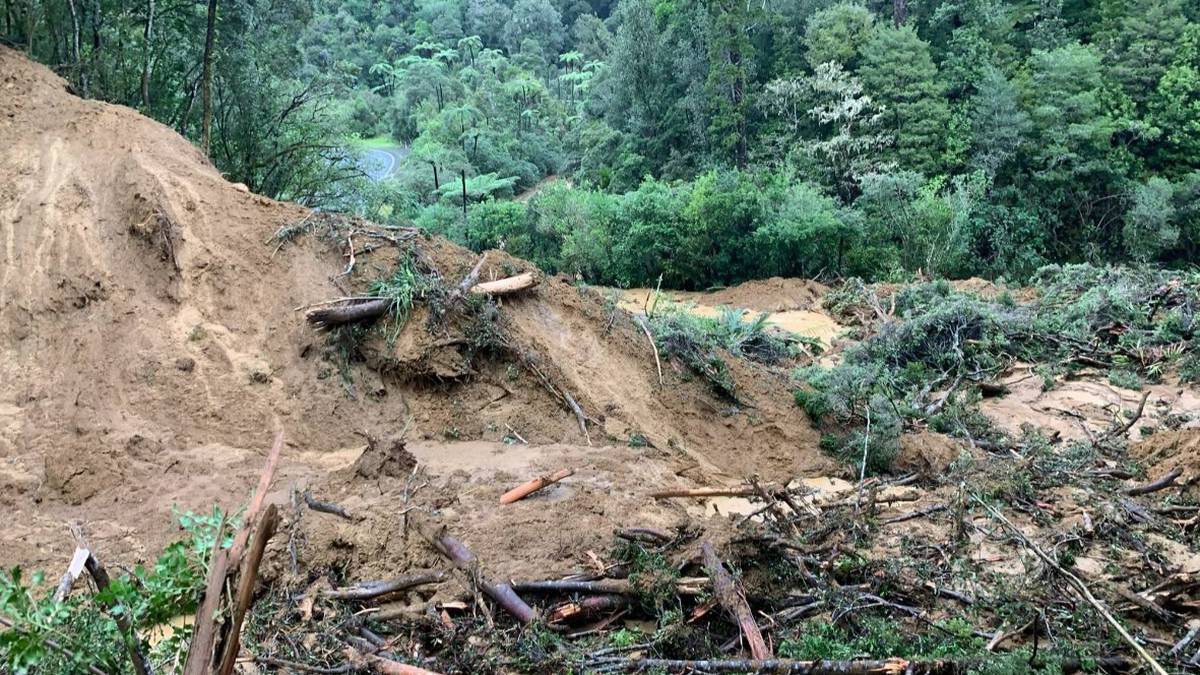One of many slips in Mangamuka Gorge triggered by the torrential rain of August 18-19. Photo / Waka Kotahi
Government ministers and transport leaders are being urged to see first-hand the dire state of the Far North’s highways following the closure of State Highway 1 in Mangamuka Gorge.
Deputy Mayor Ann Court said the Far North was stuck in a cycle of “fix, pause, repeat”. It was only a little more than 400 days since Mangamuka Gorge was reopened, after a year-long closure.
Along with Council chief executive Blair King and Mayor John Carter, she had invited Minister Kieran McAnulty, MP Kelvin Davis, Waka Kotahi officials, and Nick Leggett of the NZ Road Transport Association, to visit the district as soon as possible.
The Council would organise a helicopter fly-over of Mangamuka Gorge and the SH10 detour.
“We want them to see first-hand what a complete and utter bloody shambles it is, and some of the challenges we face,” she said.
/cloudfront-ap-southeast-2.images.arcpublishing.com/nzme/6CNNAWE4YOCLMZZVLFHRGWT3PA.jpg)
McAnulty is the Minister for Emergency Management, and the Associate Minister of both Local Government and Transport.
Court said the road through the gorge had slipped or was at risk of slipping in 42 places. She had been told the hillside was likely to keep moving until the ground dried out in late spring.
SH10, the official detour, was a secondary route, not engineered for so much traffic.
It was increasingly vulnerable to flooding, and the Waitangi River Bridge at Puketona had “miraculously” reopened to heavy trucks after a closure due to structural problems. Over-weight vehicles had previously been diverted via SH1.
If that bridge failed, the Far North would be cut off.
Court said she understood severe flooding at the top of the South Island had the Government’s attention.
However, she found it disappointing that although ministers were able to drop everything to visit Nelson, it was proving difficult to persuade them to travel to the Far North.
It was unacceptable that 5000-plus people could be completely cut-off at any time, she said.
“We’re in a situation where we can keep throwing tens and tens of millions, perhaps hundreds of millions, of dollars at constantly patching the roading network, or we can say: ‘Let’s have a conversation about what a better option looks like’.”



